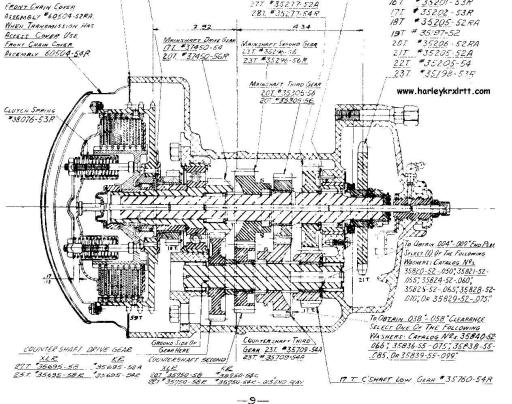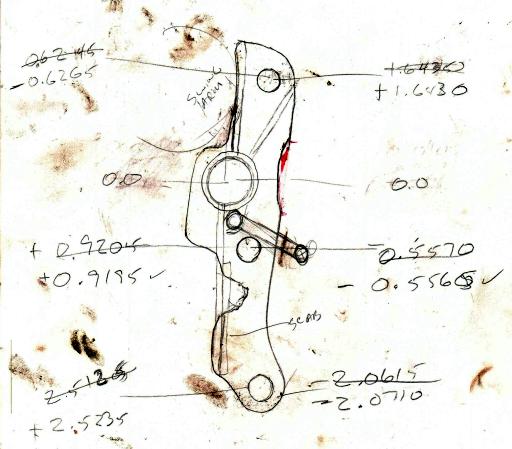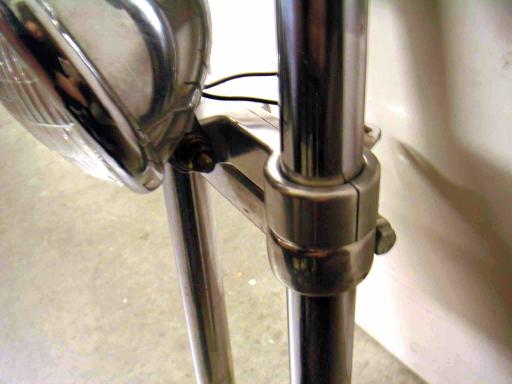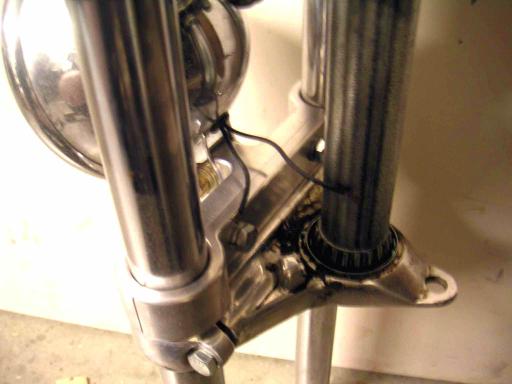It would be wrong to say I have learned a lot about Sportster design. Instead, a lot of great people taught me a lot about
Sportster design. Duncan Keller taught me about engines.
Vance Breese
taught me about racing and a lot of other things.
Bill Johnson taught me to hate covers since they only hide problems. He rode a Shovelhead with only a red shop towel
on the battery. He considered the seat another useless cover.
Roger Shaw taught me to not use silicone to glue my bike together. Sportster
Jim explained that ignition timing, even a degree or two, can make a big
difference.
|
 A cross-section of the Iron Sportster transmission. Genius. A cross-section of the Iron Sportster transmission. Genius.
Roger Reed pointed out there is way too much oil going into the crankcase. Crazy Larry pointed out that most guys run way too rich. He said heat makes power. You want it lean for the heat but not so much heat it melts the pistons.
Seeing old chrome parts pealing taught me to never chrome aluminum, not even billet. You are putting very hard metal coating over a very soft metal. It will not end well in 10 or 20 years. Having to put my bike in a 40-foot trailer halfway to Reno taught me cone motor Sportsters eat ignition flyweights. That and a thousand other things has been a great education. I will try to pass it along here. |



 When I got tired of the Sprocket cover on my 1977 Sporty breaking, I sketched up a steel bracket that would mount to the rear engine mount studs.
When I got tired of the Sprocket cover on my 1977 Sporty breaking, I sketched up a steel bracket that would mount to the rear engine mount studs. Years later, a 3-D sketch made things much more presentable.
Years later, a 3-D sketch made things much more presentable.



 It fit the first time.
It fit the first time. And looks pretty clean, should you want to mount a Bates headlamp to a 1996.
And looks pretty clean, should you want to mount a Bates headlamp to a 1996.










